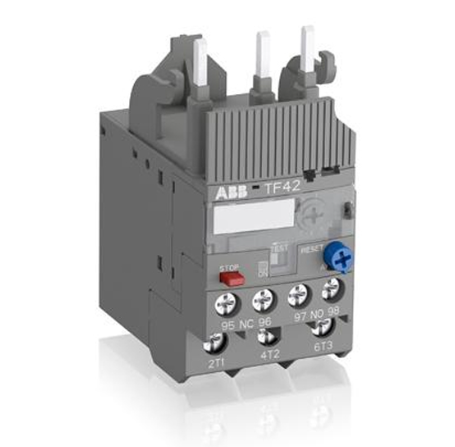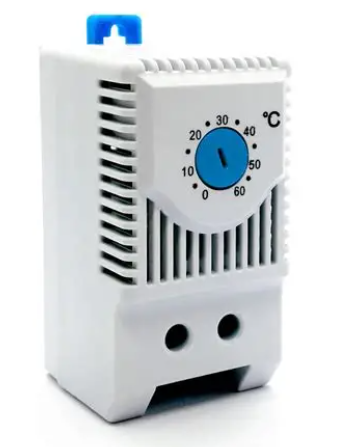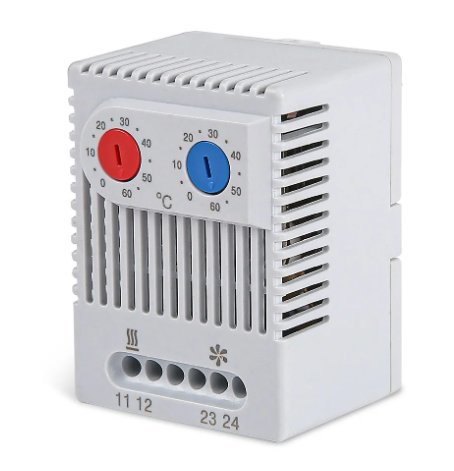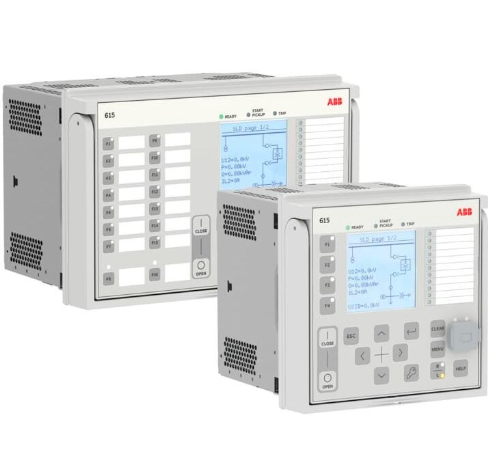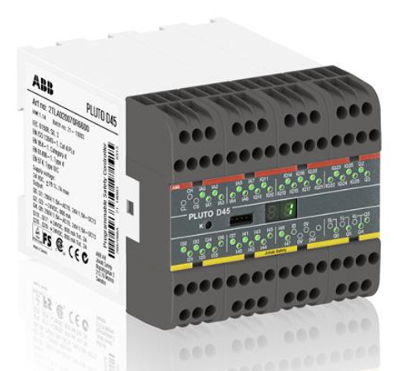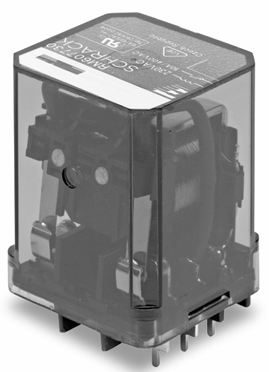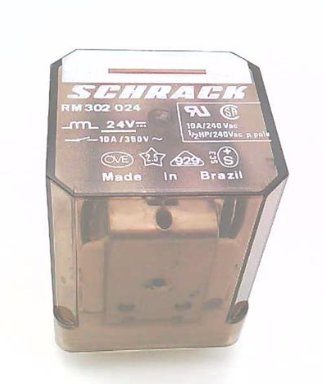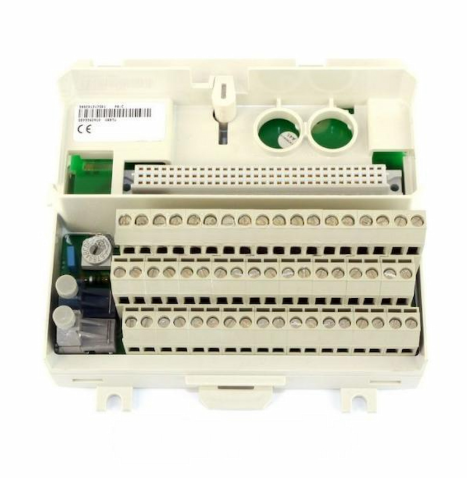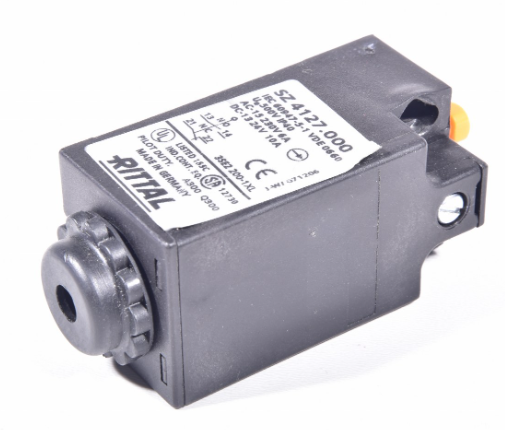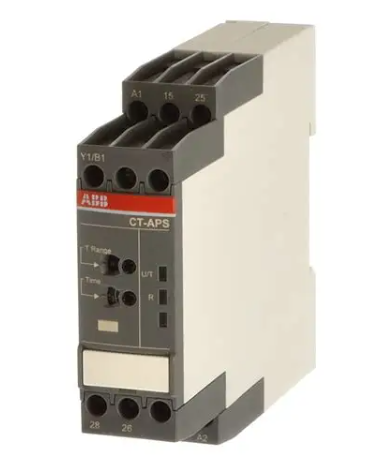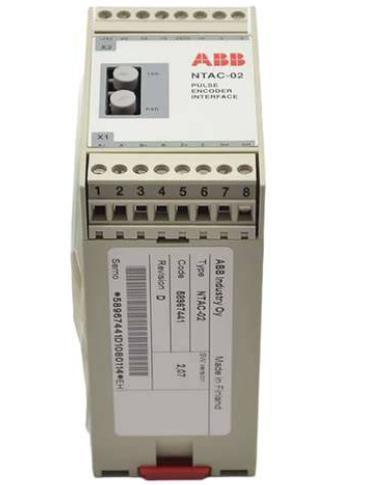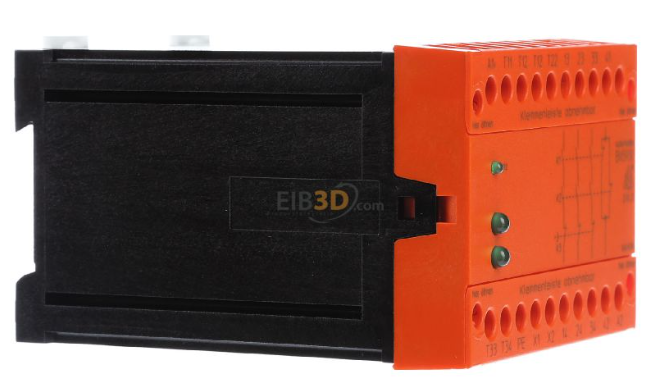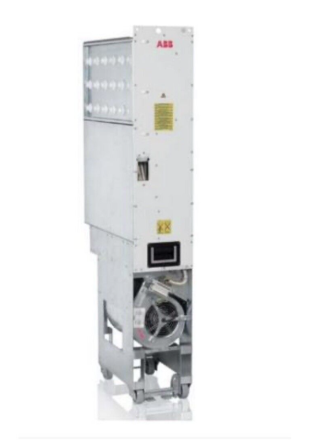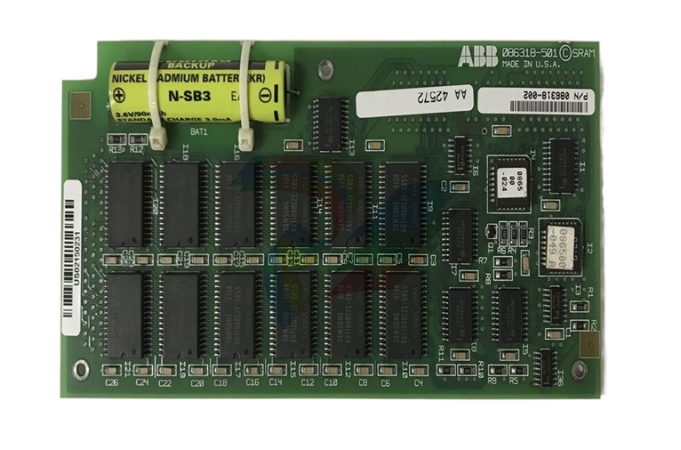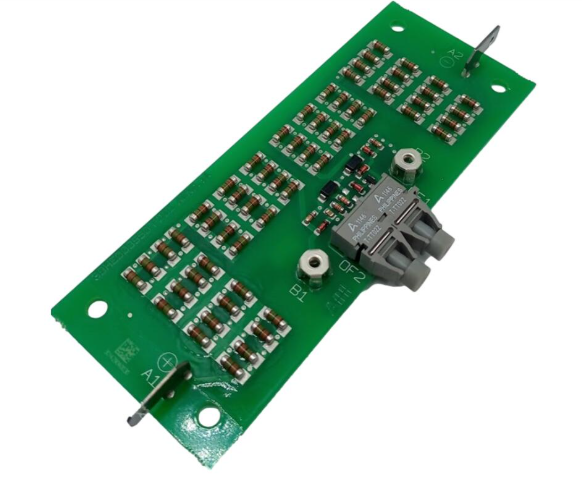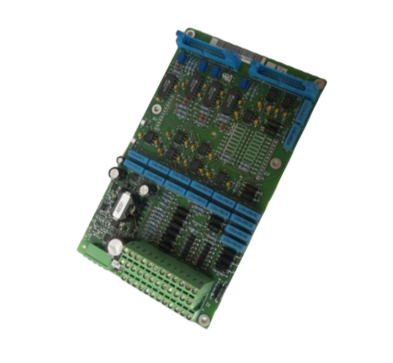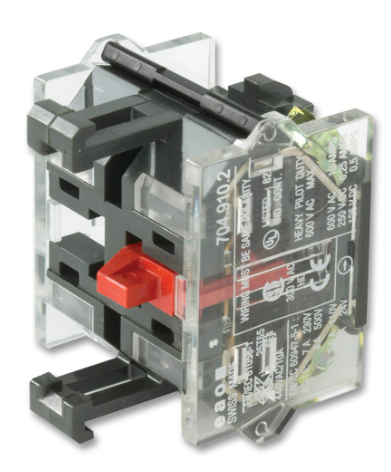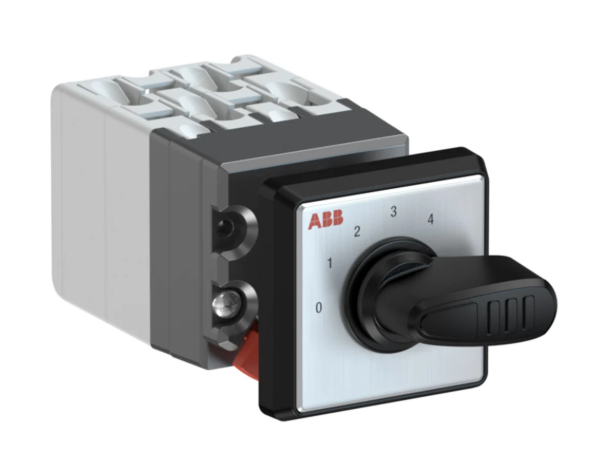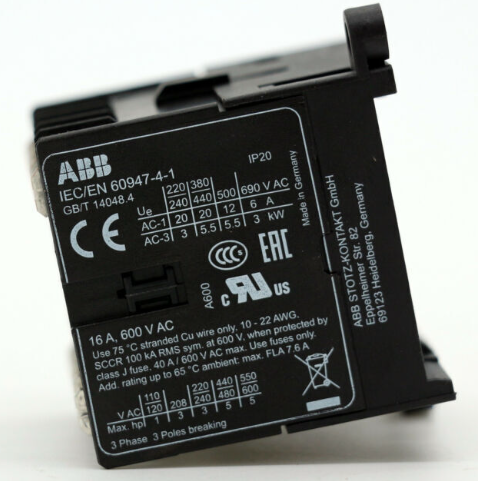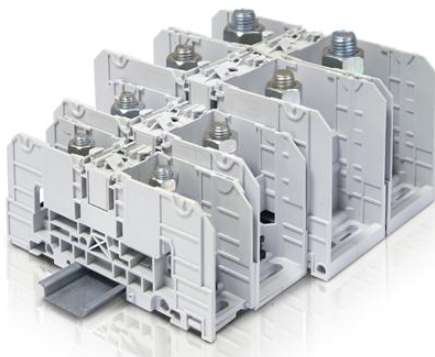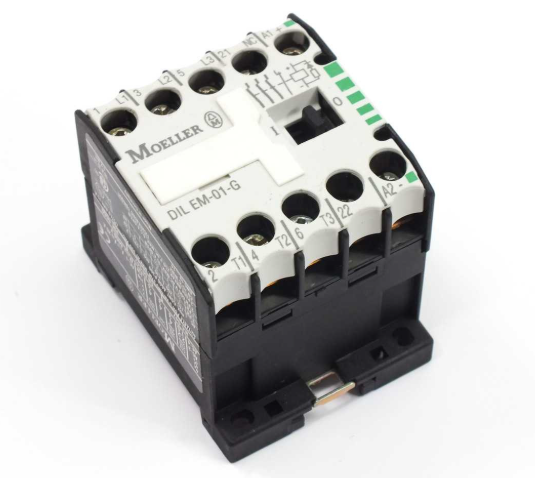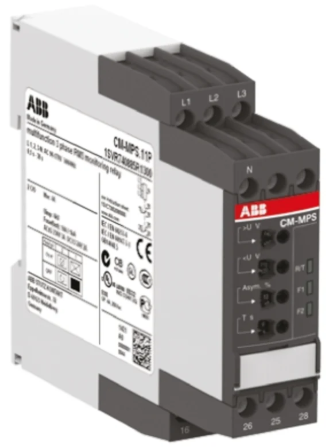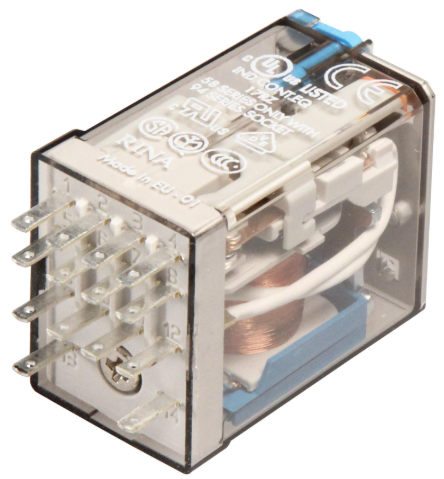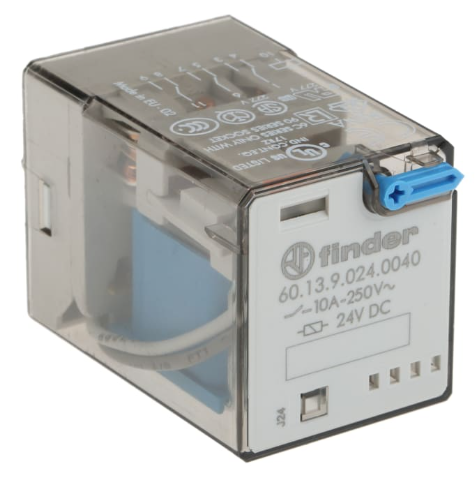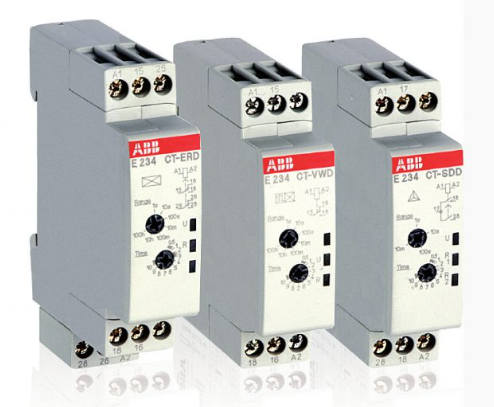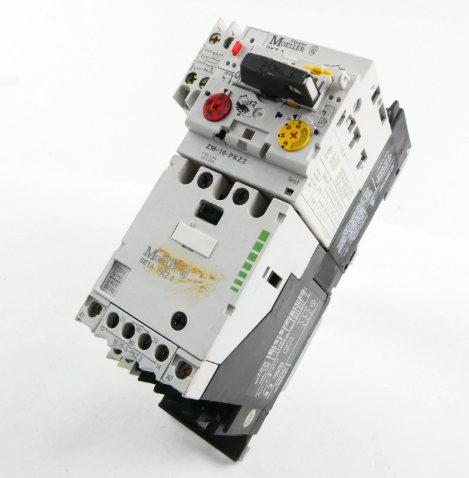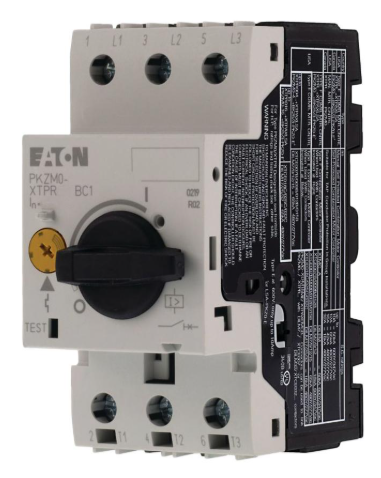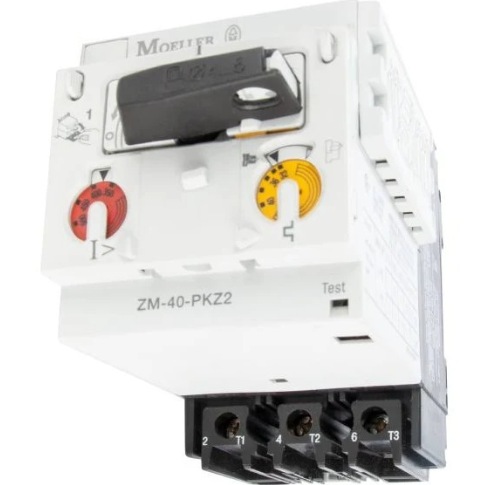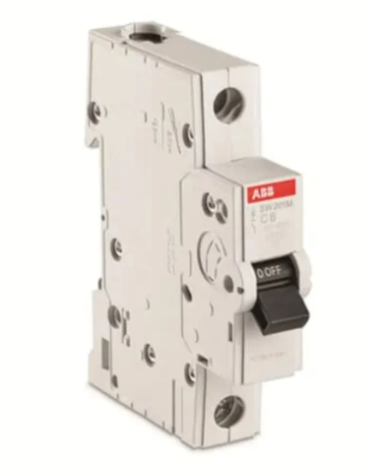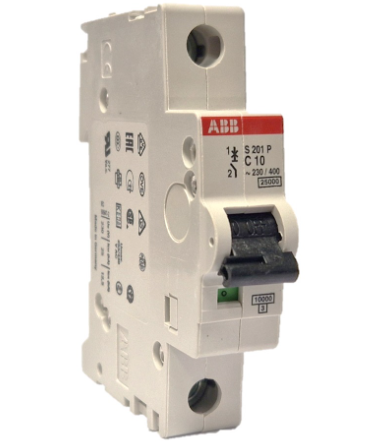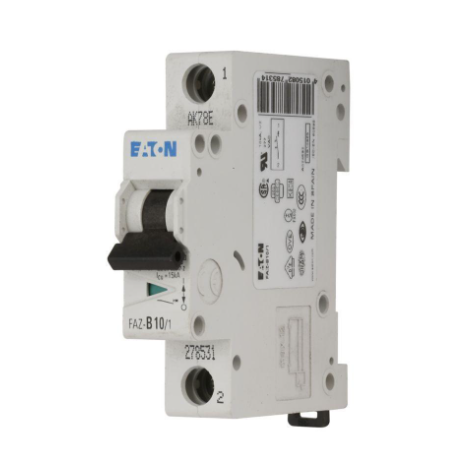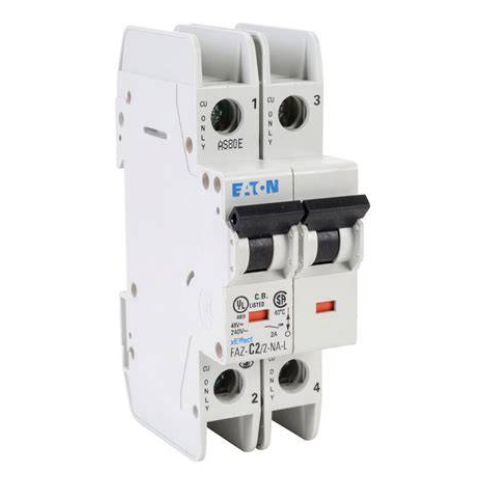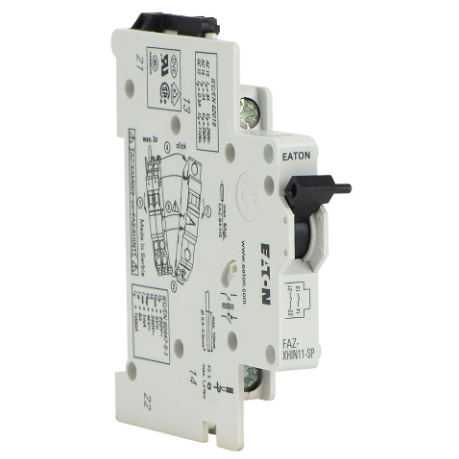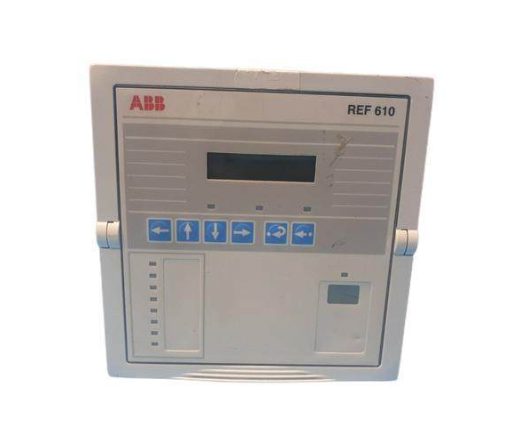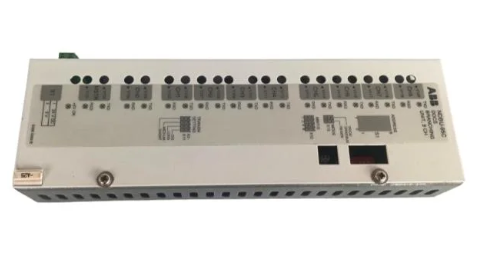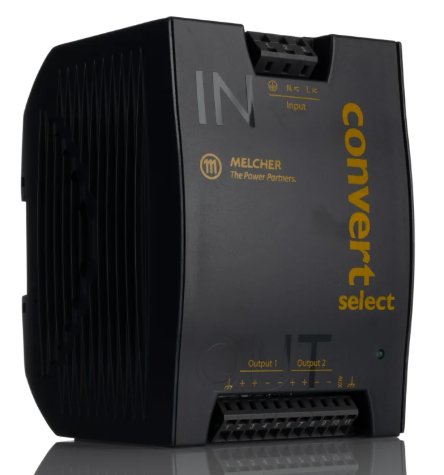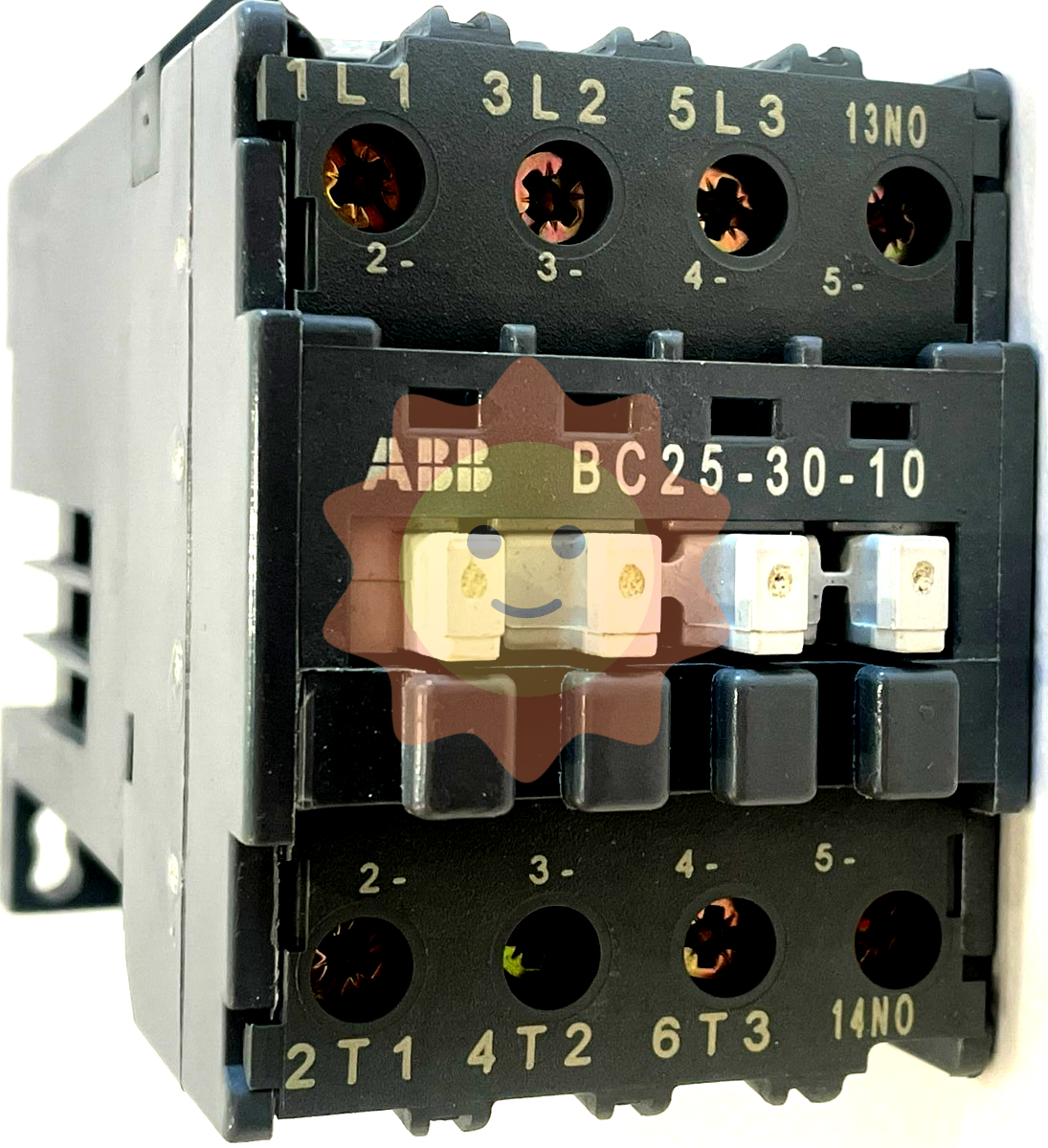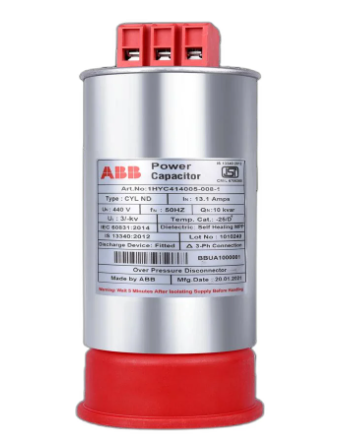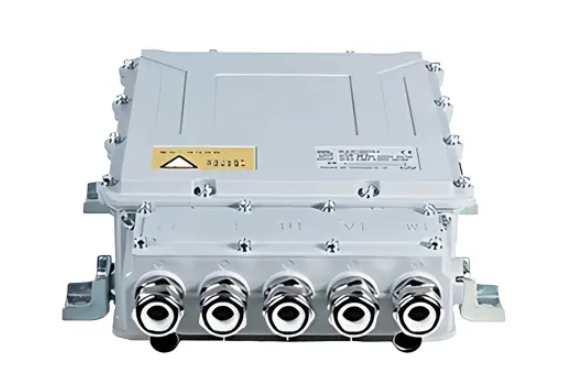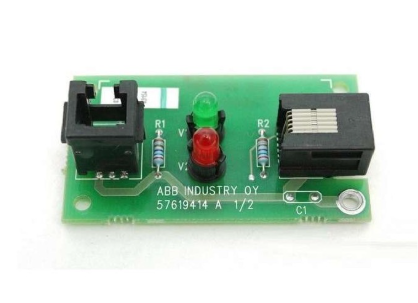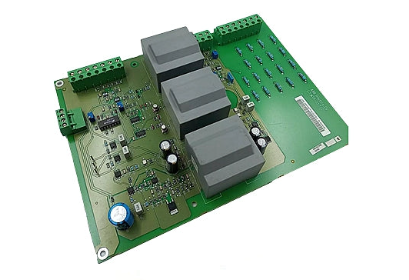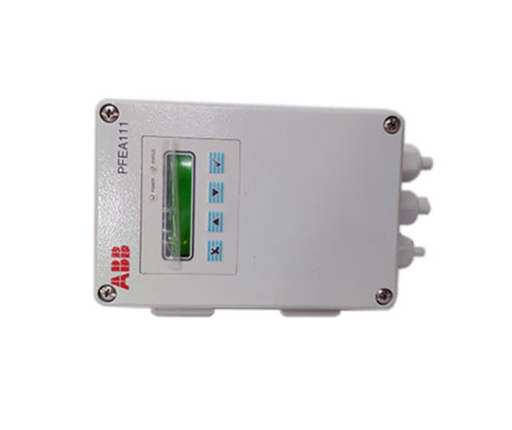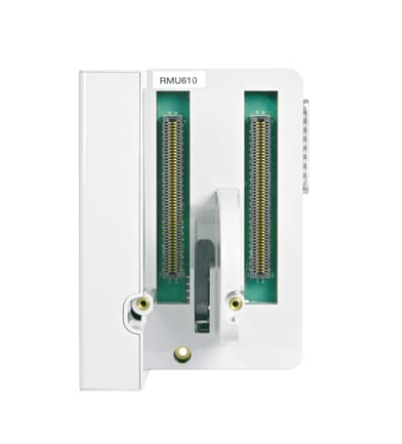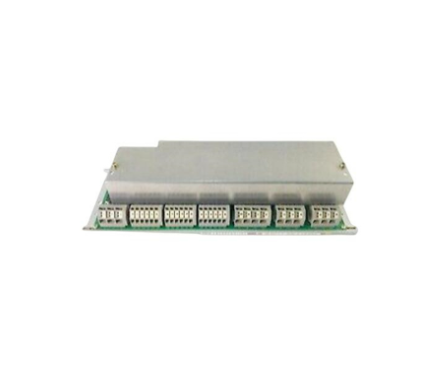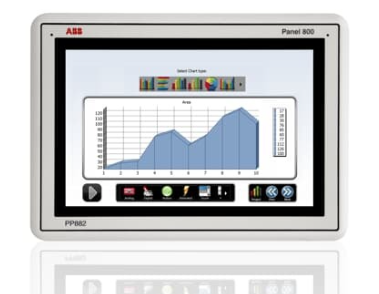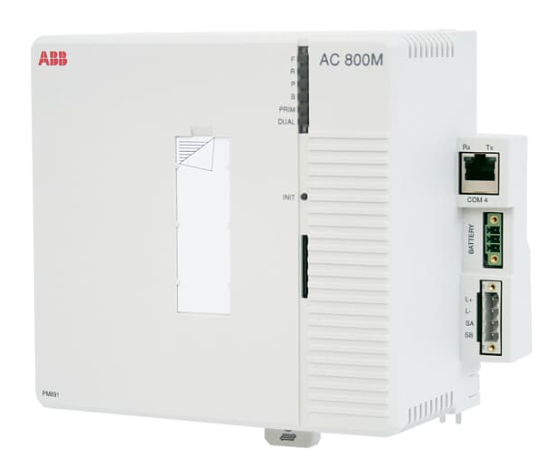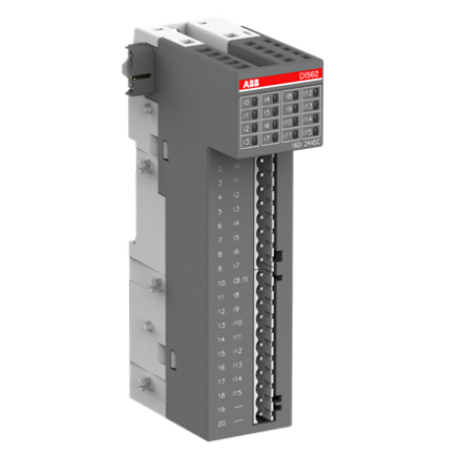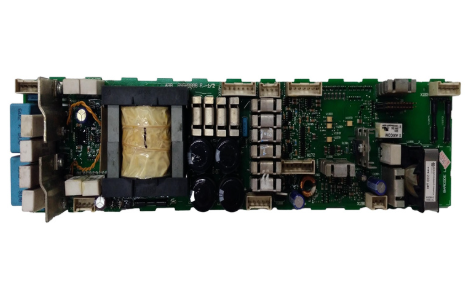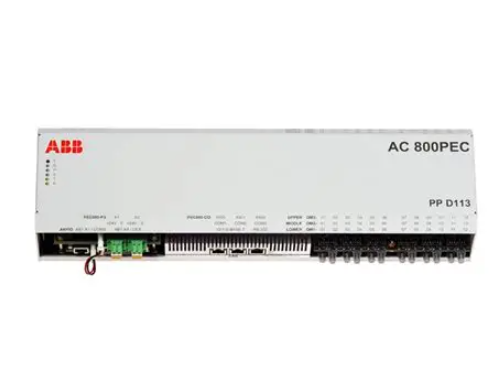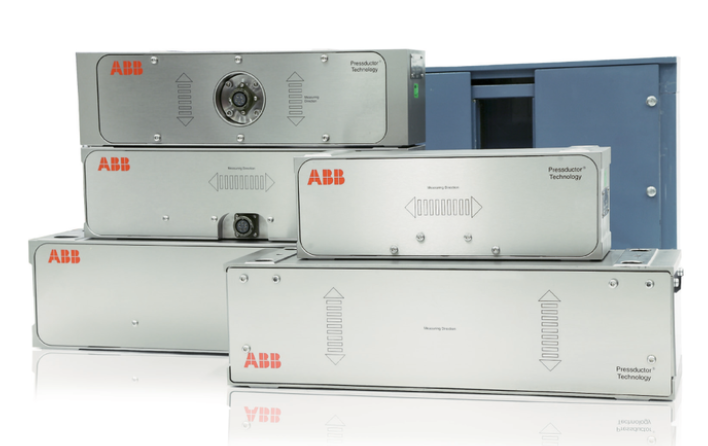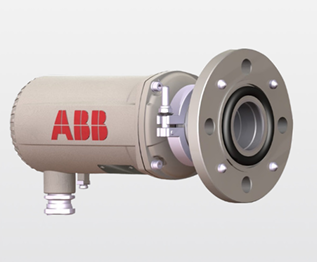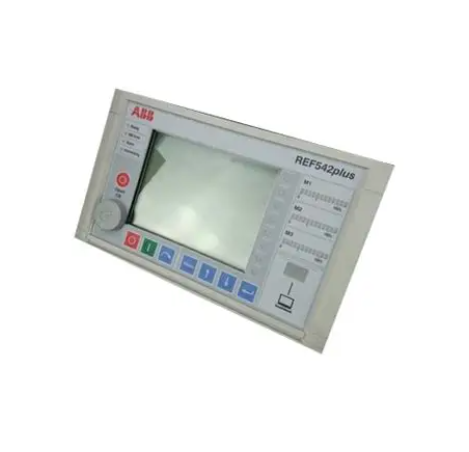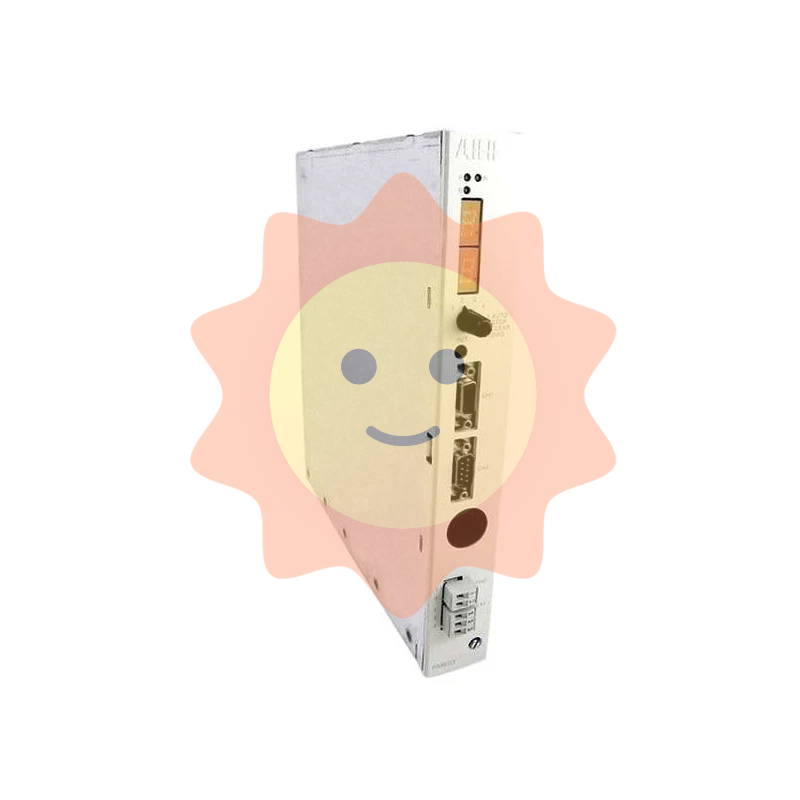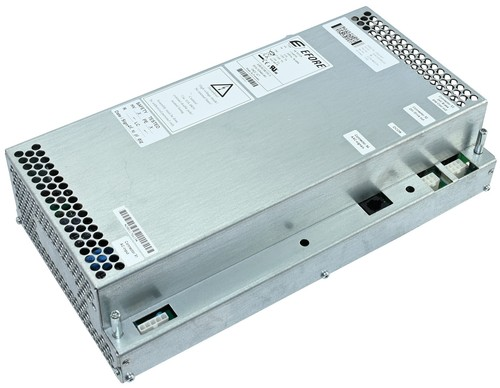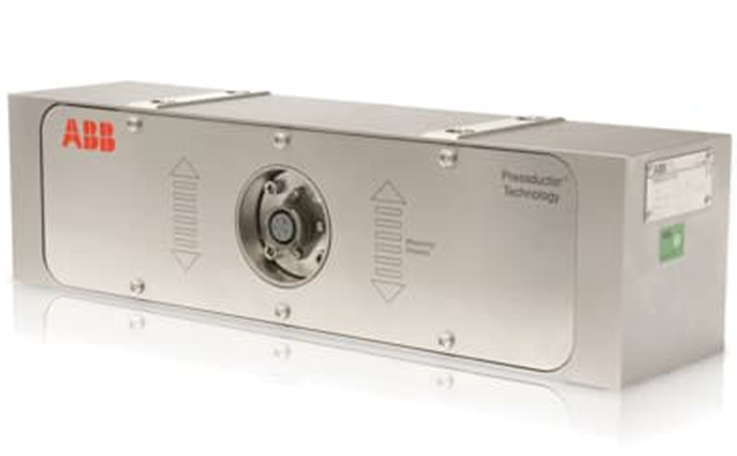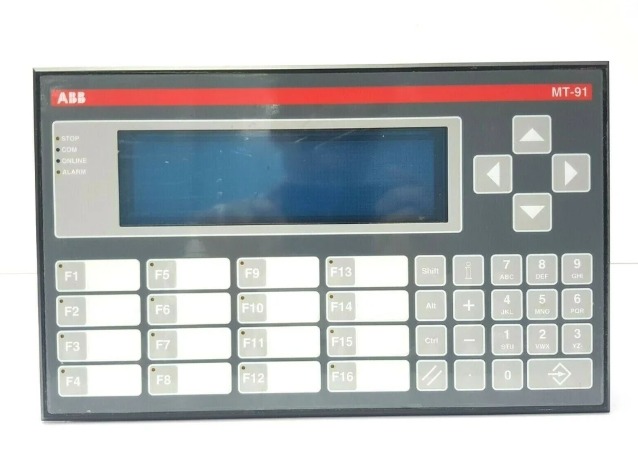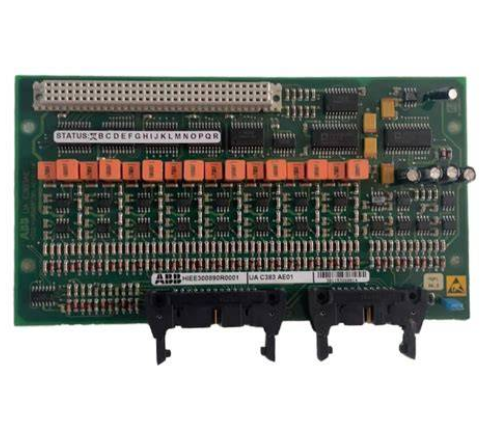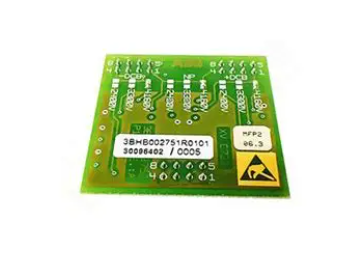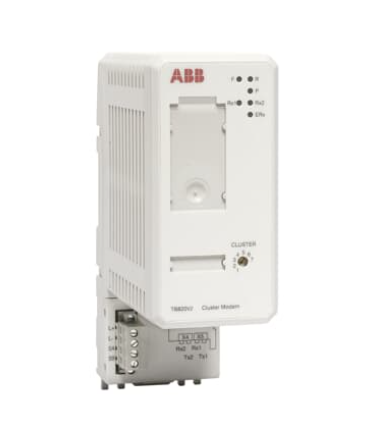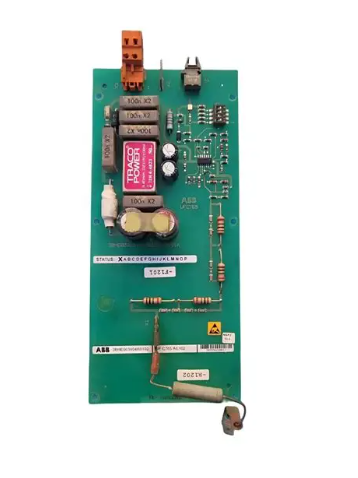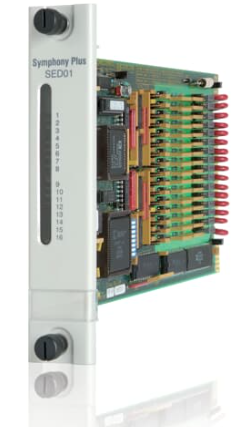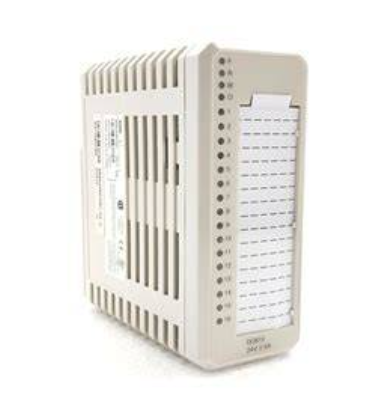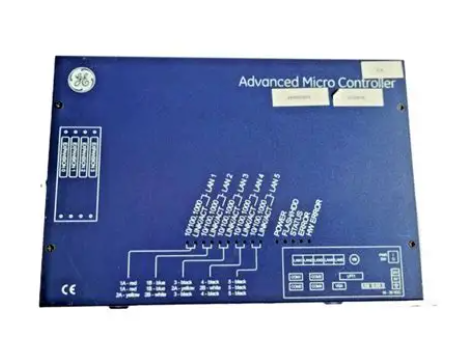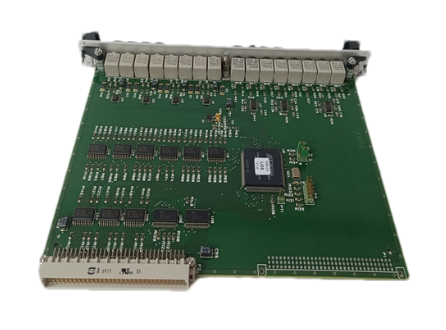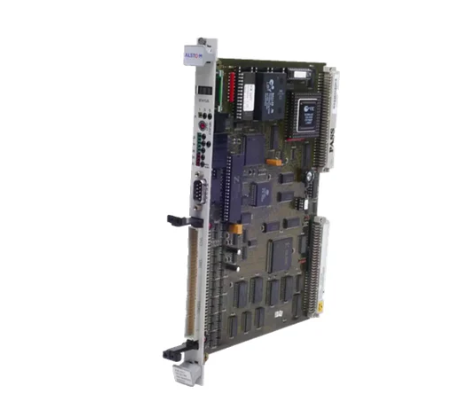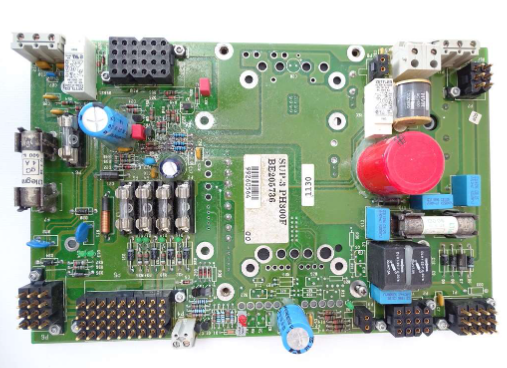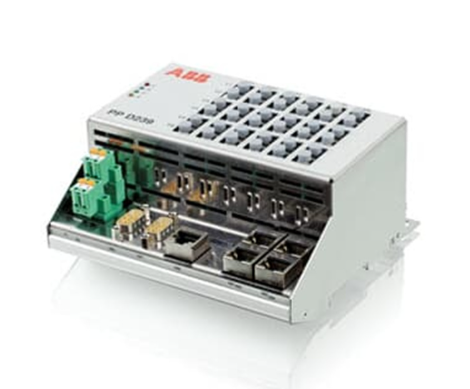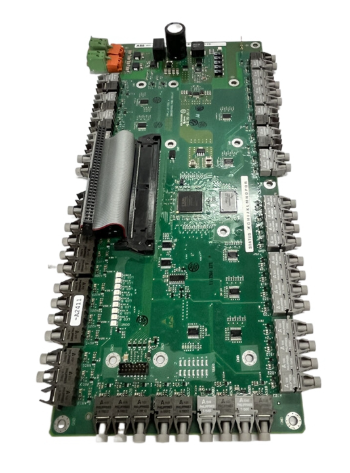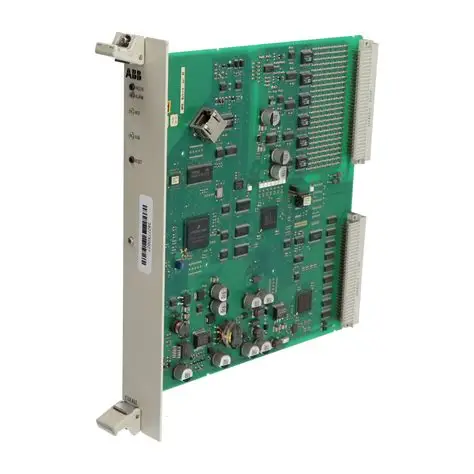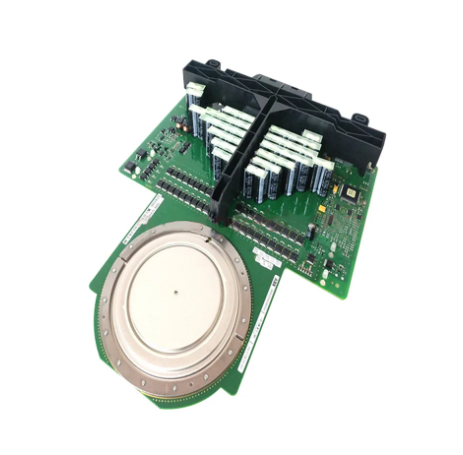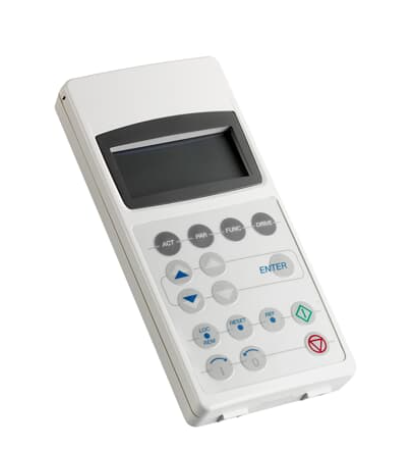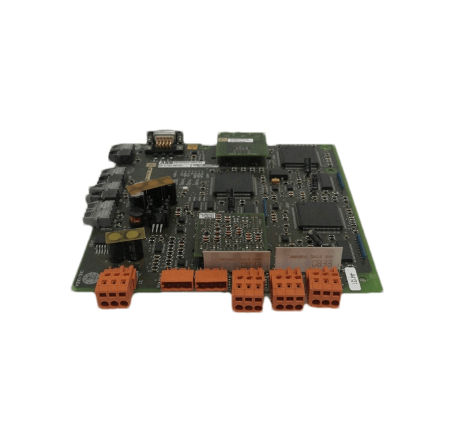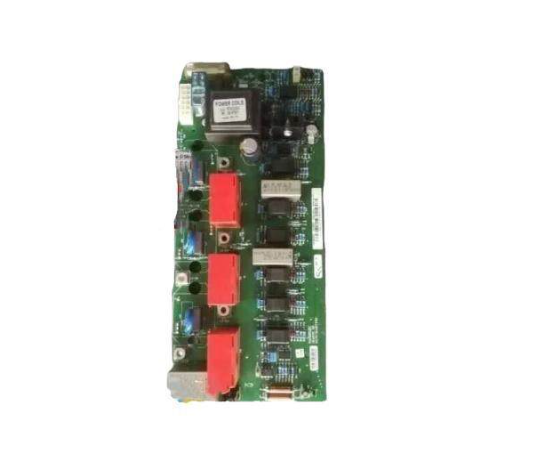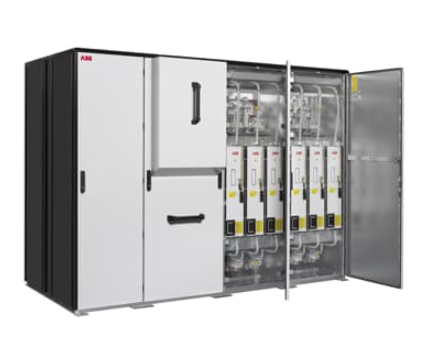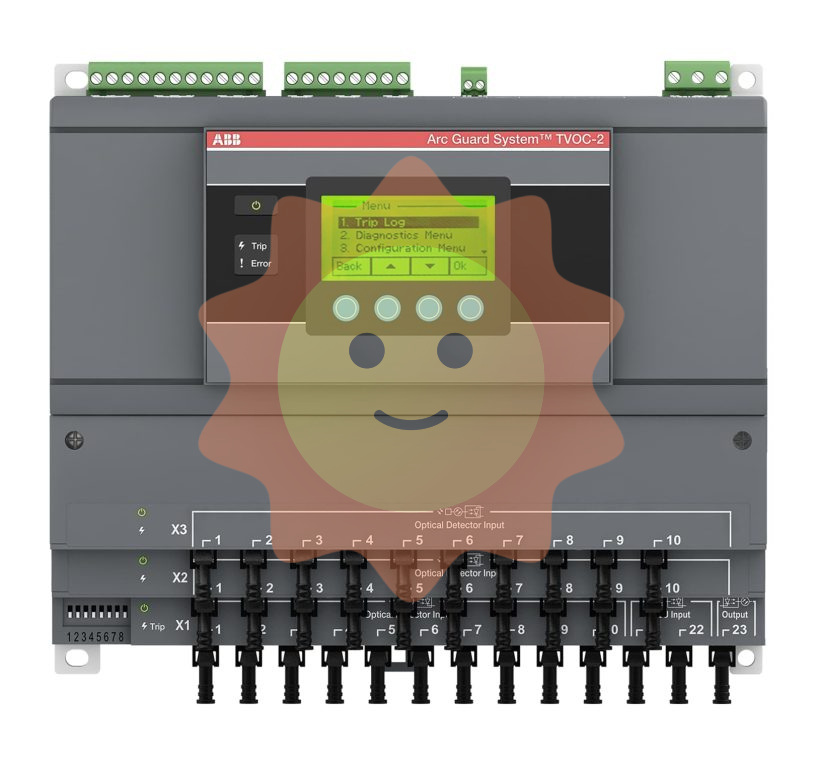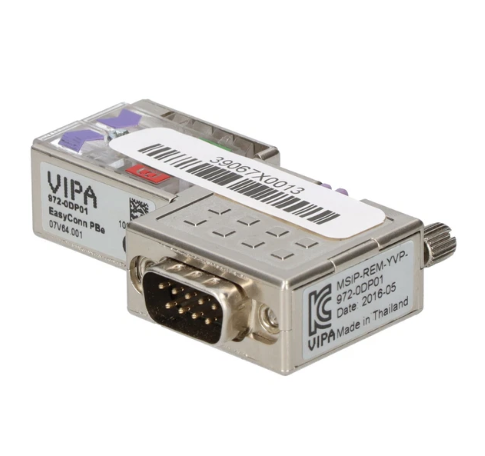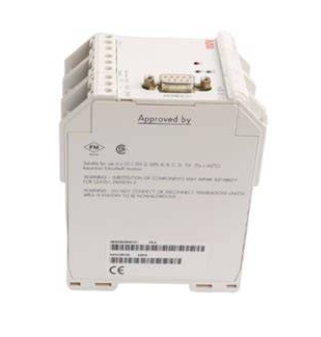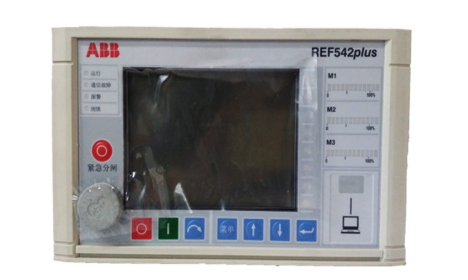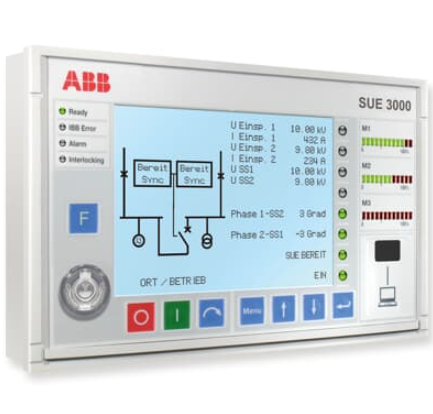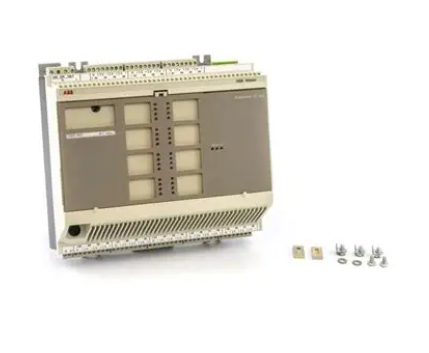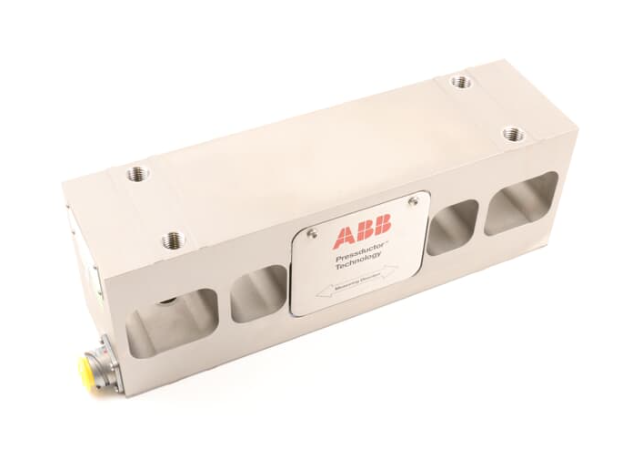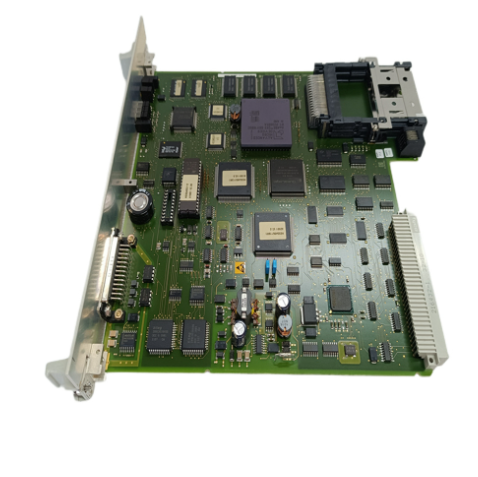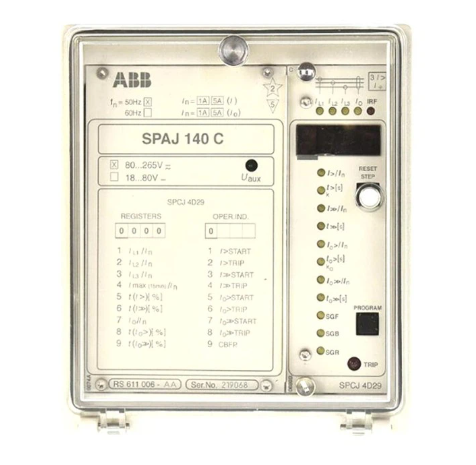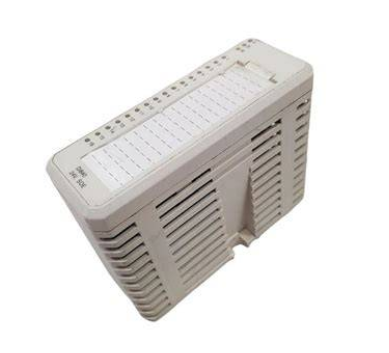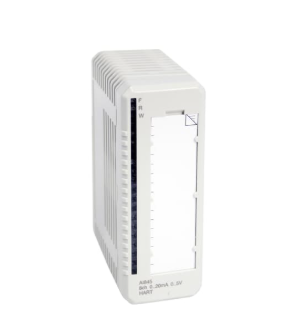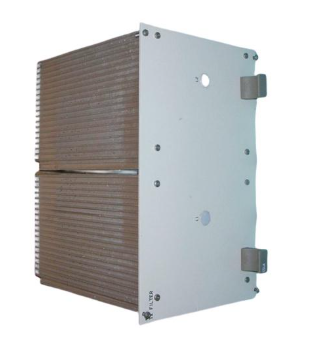ABB REF610 feeder protection relay Fault recording and communication function
Event record:
Up to 100 events can be recorded, including protection phase start/trip, digital input status changes, communication anomalies, etc. Each event contains a timestamp (accurate to milliseconds), event code, and relevant parameter values (such as fault current, phase imbalance, etc.).
Events are sorted by priority, with the highest priority being internal relay failure (IRF), followed by trip events, and finally start/alarm events.
Fault Record (FR):
Record detailed data of the last 5 faults, including three-phase current, ground current, thermal level, triggering stage, and duration at the time of the fault, and support reading through parameters V1-V24.
The data is stored in non-volatile memory (EEPROM), retained after power failure, and can be cleared through Master Reset.
ABB REF610 feeder protection relay Fault recording and communication function
Fault recording function
1. Fault record types and storage
Event record:
Up to 100 events can be recorded, including protection phase start/trip, digital input status changes, communication anomalies, etc. Each event contains a timestamp (accurate to milliseconds), event code, and relevant parameter values (such as fault current, phase imbalance, etc.).
Events are sorted by priority, with the highest priority being internal relay failure (IRF), followed by trip events, and finally start/alarm events.
Fault Record (FR):
Record detailed data of the last 5 faults, including three-phase current, ground current, thermal level, triggering stage, and duration at the time of the fault, and support reading through parameters V1-V24.
The data is stored in non-volatile memory (EEPROM), retained after power failure, and can be cleared through Master Reset.
2. Trigger and Query
Trigger condition:
Internal protection stage actions (such as overcurrent, ground fault), external digital input triggering, manual triggering (via SPA parameter M1).
Support setting trigger thresholds (such as current exceeding the set value) and edge triggers (rising/falling edge).
Query method:
Read event codes and data through HMI menu or serial communication (SPA/Modbus, etc.).
Support filtering by time sequence or event type, with fault codes corresponding to specific fault types (such as IRF code 4 indicating output relay PO1 fault).
3. Fault diagnosis and alarm
Internal Relay Failure (IRF):
When a permanent fault is detected (such as program memory error, hardware failure), the green LED flashes, the LCD displays a fault code (such as 30 indicating program memory failure), and all outputs are locked.
Warning:
Non fatal faults (such as low battery level, abnormal communication module), yellow LED activation, LCD display warning code (such as 1 indicating low battery), relay continues to operate but some functions may be limited.
External instructions:
Send fault warnings through signal output (SO2) or communication interface, supporting remote monitoring.
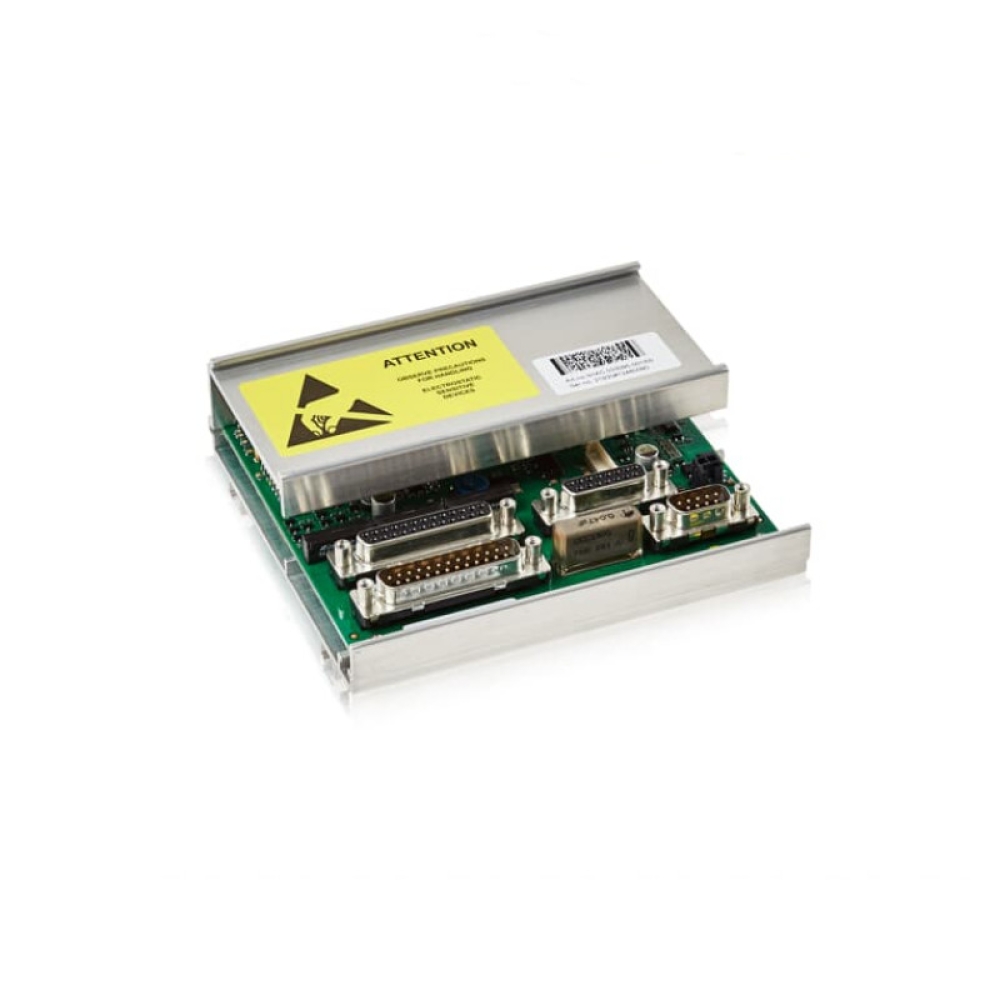
Communication function
1. Communication interface and protocol
Front end interface:
Infrared interface: supports wireless or cable connection (IrDA) ® Standard), only used for SPA bus protocol, with a fixed baud rate of 9.6 kbps, used for local parameter configuration and data reading.
Backend interface (optional module):
Fiber optic (plastic/glass): Supports SPA bus, IEC 60870-5-103 protocol, anti electromagnetic interference, suitable for long-distance communication.
RS-485: Supports Modbus RTU/ASCII, DNP 3.0 protocols, can connect up to 32 nodes, and has a bus length of up to 1200 meters.
DNP 3.0 module: dedicated to DNP 3.0 protocol, supports 2-wire or 4-wire half duplex communication, suitable for smart grid systems.
2. Supported communication protocols
SPA bus:
ABB specific protocol, used for local parameter settings and firmware upgrades, supports password protection (SPA password V160 is required).
IEC 60870-5-103:
Compliant with power system communication standards, used for transmitting measurement values, status data, and event records, supporting cyclic queries (GI) and emergency reporting.
Modbus RTU/ASCII:
Industrial universal protocol, supporting function codes 01-04, 05-06, 15-16, etc., readable and writable registers (such as HR/IR) and coils (DI/CO).
DNP 3.0:
Supports event grading (Class 1-3) and non sold reporting, suitable for remote terminal unit (RTU) communication, configurable scaling factor and dead zone.
3. Data transmission and configuration
Parameter Mapping:
Analog quantities (such as current, heat level) and digital quantities (such as output status, DI signal) are mapped to Modbus registers (such as HR404 corresponding to L1 phase current).
User defined registers (UDRs) can be associated with any register, facilitating custom data mapping.
Communication parameters:
Baud rate: 9.6/4.8 kbps (SPA/IEC 103), configurable to 2.4/1.2/0.3 kbps (Modbus).
Parity check: none/odd/even, data bits: 7/8 bits, stop bits: 1/2 bits.
Network topology:
Supports Loop or Star topologies, fiber optic modules require terminal resistors (120 Ω) and bias resistors to be configured.
4. Time synchronization and remote control
Time synchronization:
Synchronize real-time clock with an accuracy of ± 2.5 ms (second pulse) through digital input (minute pulse/second pulse) or communication protocol (such as DNP 3.0).
Remote control:
Remote modification of protection parameters, triggering tests, resetting counters, or clearing event records through Modbus or SPA protocols.
Support remote tripping and reclosing control through communication modules.
Collaborative application of fault recording and communication functions
Remote fault diagnosis:
Fault events are uploaded in real-time to the monitoring system through the communication interface, and support reading fault codes and data (such as V168 warning codes and V169 IRF codes) from registers through Modbus function codes 03/04.
Disturbance Recorder:
When a fault is triggered, it automatically records the analog signals (such as current waveforms) and digital signals before and after the fault, and supports downloading them to a PC for analysis through a communication interface (COMTRADE format).
- EMERSON
- Honeywell
- CTI
- Rolls-Royce
- General Electric
- Woodward
- Yaskawa
- xYCOM
- Motorola
- Siemens
- Rockwell
- ABB
- B&R
- HIMA
- Construction site
- electricity
- Automobile market
- PLC
- DCS
- Motor drivers
- VSD
- Implications
- cement
- CO2
- CEM
- methane
- Artificial intelligence
- Titanic
- Solar energy
- Hydrogen fuel cell
- Hydrogen and fuel cells
- Hydrogen and oxygen fuel cells
- tyre
- Chemical fiber
- dynamo
- corpuscle
- Pulp and paper
- printing
- fossil
- FANUC
- Food and beverage
- Life science
- Sewage treatment
- Personal care
- electricity
- boats
- infrastructure
- Automobile industry
- metallurgy
- Nuclear power generation
- Geothermal power generation
- Water and wastewater
- Infrastructure construction
- Mine hazard
- steel
- papermaking
- Natural gas industry
- Infrastructure construction
- Power and energy
- Rubber and plastic
- Renewable energy
- pharmacy
- mining
- Plastic industry
- Schneider
- Kongsberg
- NI
- Wind energy
- International petroleum
- International new energy network
- gas
- WATLOW
- ProSoft
- SEW
- wind
- ADVANCED
- Reliance
- YOKOGAWA
- TRICONEX
- FOXBORO
- METSO
- MAN
- Advantest
- ADVANCED
- ALSTOM
- Control Wave
- AB
- AMAT
- STUDER
- KONGSBERG
- MOTOROLA
- DANAHER MOTION
- Bently
- Galil
- EATON
- MOLEX
- Triconex
- DEIF
- B&W
- ZYGO
- Aerotech
- DANFOSS
- KOLLMORGEN
- Beijer
- Endress+Hauser
- MOOG
- KB
- Moxa
- Rexroth
- YAMAHA
- Johnson


Email:wang@kongjiangauto.com

